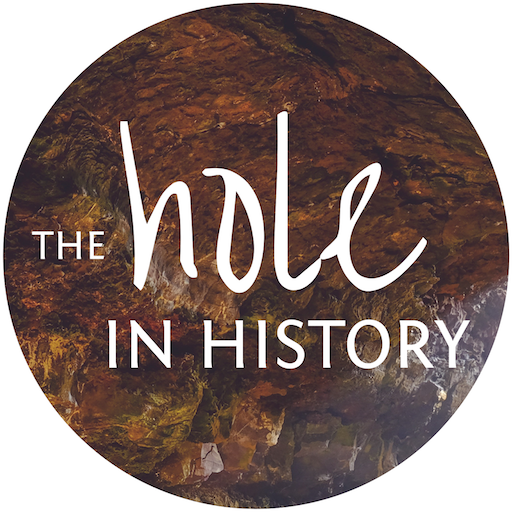Looking back into history is a complicated business. No one can travel through time to observe what really happened and why. Instead, for any given period or event in history, there is a diverse collection of sources that each tell their part of the story; written records, artefacts, public monuments and natural evidence in the rocks buried under the sand, for example. Together, these act as a trail of footprints that lead us back into the past, allowing us to work out what really happened with various degrees of certainty. Where there are a greater number and more varied selection of witnesses, historians can be more confident of understanding bygone eras. But where we only have a handful of ambiguous records, large gaps remain in our view of history.
But thankfully, the power of historical investigation and reasoned logic can in many cases bridge those gaps.
True, there are parts of the world’s history that are shrouded in mystery. But while some things can only be left to guesswork, it is often feasible to draw solid and sensible conclusions from the evidence available, such that we can fill those holes in history with a good degree of certainty.
This spectrum of historical confidence, from speculation to absolute certainty, happens all the time in historical studies, archaeology and any discipline that examines the past – it is an inevitability. You will find examples of this everywhere, especially in good museum displays. Many such exhibitions will explain what is known as fact and what is speculation to fill in the holes in history. You will no doubt be able to think of some that you have visited before. The Skara Brae Visitor Centre in the Orkney Isles, an example that has absolutely no vested interest in the main subject of this booklet, is just one of many museums to present facts and the speculation very clearly.

Much is known about the Neolithic people who lived in this wild and windswept village with certainty; for example, we know that they domesticated animals due to all the bone fragments discovered in the layers of earth. But the exhibition material is also very transparent in explaining where the gaps are. There are some things about these people that historians simply don’t know anything about, nor do they know why they did the things that we do know about. It is good conjecture that the people living in Skara Brae participated in cultic rituals at the nearby Ring of Brodgar, (an impressive stone henge, in some respects more remarkable than its more famous Wiltshire counterpart due to its isolation in the remote North Sea islands), but what this small community of people actually did and why remains a complete mystery – a hole in history that we currently have no way of filling with any degree of confidence.
There is therefore a continuum of certainty about historical events. However, in this booklet, we are going to raise the stakes. This isn’t about how a group of people lived 4,000 years ago; what they ate, what tools they used and whether they traded in goats; this is something absolutely unique. How confident do you think we can be that a man executed approximately 2,000 years ago by Roman soldiers and buried in a cave tomb lived again three days later? What do you think the evidence available will show?
This has to be the greatest hole in history. A period of just three days in the turbulent Roman province of Judea in the first century AD. The course of history itself was permanently altered because of what happened. From the events of just three days, Christianity emerged and has changed the course of human history and made an indelible mark on society, culture, language and thinking, the whole world over. Many people around the world from that point in time even up to the present day believe they have an explanation for what happened over these three days. They believe we can satisfactorily fill the hole in history and complete the picture. They believe that the evidence points towards an astounding event, something which everybody acknowledges is impossible based on our experience of day to day existence. They believe that an itinerant Jewish teacher from the backwater town of Nazareth was executed and then brought back to life by the power of God.
The hole in history demands that we have an explanation. So many things changed as a consequence of those three days. The world has been irrevocably influenced by whatever happened.
We must decide what best fits the evidence. Where does the trail of footsteps lead? Does the evidence point towards a hoax? Perhaps it was a spectacular misunderstanding? Or is there evidence to suggest that Jesus really was resurrected? What could possibly convince you that a dead man came back to life on the third day after he died?
